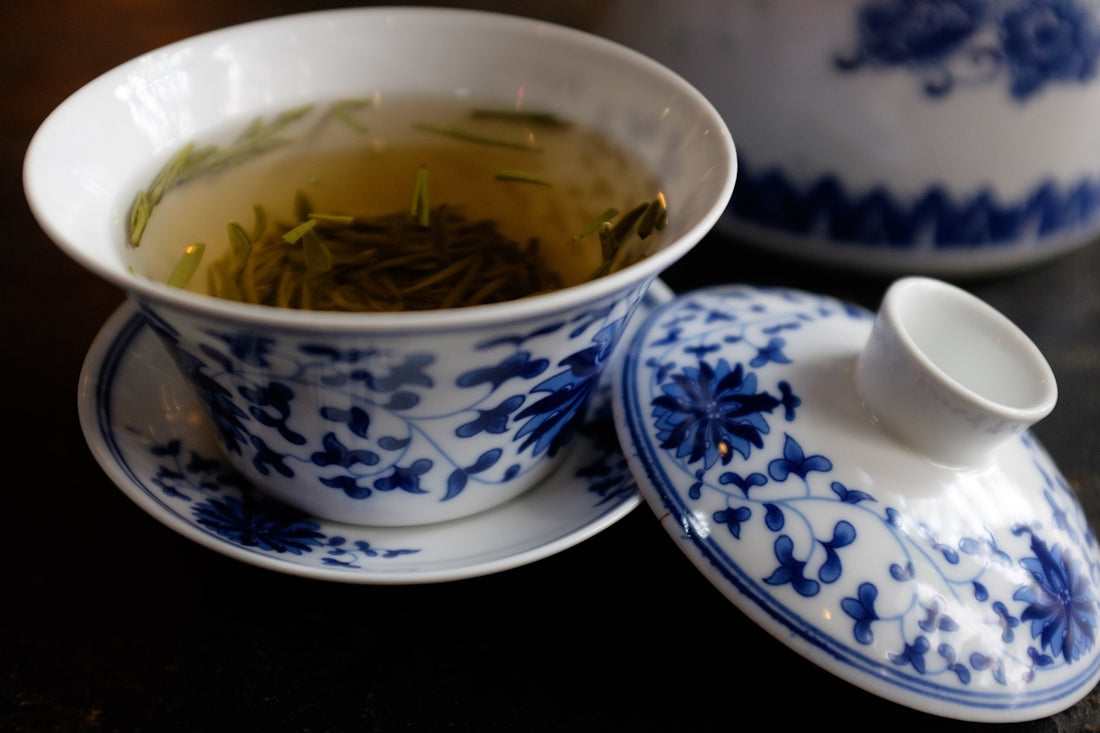
Troubleshooting Common Problems with Cold Brew Chinese Tea
Cold brew tea is becoming an increasingly popular method to enjoy the exquisite flavors of Chinese tea. It's a wonderful way to extract different notes and subtle aromas, especially with delicate loose-leaf options. However, as with any brewing method, you might run into some common issues when trying to perfect your cold brew recipe. In this guide, we will address these problems and offer solutions, ensuring every batch you make is nothing short of delicious. Additionally, we'll highlight some suitable tea varieties and accessories from TeaStart to enhance your brewing experience.
Understanding Cold Brew Tea
Cold brewing is a subtle art. Unlike hot brewing, which extracts the flavors quickly using high temperatures, cold brewing relies on time to gently draw out the flavors over a longer period. This results in a smoother cup, often featuring reduced bitterness and enhanced sweetness.
The Essentials of Cold Brew
To start cold brewing, you only need a few basic items: quality loose leaf tea, fresh water, and a container. The choice of tea is crucial to achieving the best flavor profile. With the right selection, each sip can be a revelation of taste.
Common Cold Brew Issues and How to Fix Them
Problem 1: Weak or Bland Flavor
One of the most common complaints with cold brew tea is that the final result is too weak or lacks flavor. This can happen due to several reasons:
- Tea-to-Water Ratio: Ensure you're using the correct amount of tea. Typically, a ratio of 1 teaspoon of tea per 6-8 ounces of water is recommended for loose leaf varieties. For a stronger brew, you can increase the amount of tea.
- Brewing Time: Cold brew tea requires time. Generally, a steeping time of 8 to 12 hours in the refrigerator is ideal. If you find your brew is weak, try extending the steeping time.
- Water Quality: Use fresh, filtered water to avoid any off-tastes that might come from tap water.
Consider trying Ya Shi Xiang Dan Cong, known for its floral oolong notes that come alive beautifully in cold brew form.
Problem 2: Bitter Taste
A bitter brew is often the result of over-extraction or poor quality tea. To correct this:
- Quality of Tea: Start with high-quality loose leaf tea. Lower quality teas or those with broken leaves can release tannins too quickly, leading to bitterness.
- Brewing Duration: If your tea turns out bitter, you can reduce the steeping time or decrease the amount of tea used.
- Temperature Sensitivity: Although cold brew relies on cold temperatures, ensuring that it's maintained at a consistent, cool temperature can help. A cooler fridge or using ice in the water can stabilize the brew temperature.
Problem 3: Cloudy Brew
Cloudiness is more a cosmetic issue but can impact your enjoyment of tea:
- Water Temperature: Ensure that the water used is cold and not warm, as warmth can speed up extraction and lead to cloudiness.
- Type of Tea: Some teas are more prone to cloudiness than others. Experiment with different varieties to find what works best for you.
Try the Silver Needle, a premium white tea known for its clarity and smooth flavor when cold brewed.
Recommended Teas and Accessories from TeaStart
To enhance your cold brew experience, choose teas that are celebrated for their cold brew potential. In addition to the suggestions above:
- Golden Needle King-Exquisite Jasmine Tea: Experience the floral symphony in every cold sip with this exquisite jasmine tea.
- Jin Jun Mei Black Tea: This black tea offers rich, complex flavors suitable for both hot and cold brewing.
For a seamless brewing process, consider using a Ceramic Tea Cup With Lid Filter. It provides an all-in-one solution, ensuring an easy method to enjoy your cold brew tea even in a professional setting.
Perfecting the Cold Brew Technique
Once you’ve chosen your tea and equipment, it’s about refining your technique:
- Measure Accurately: Use the correct measure of tea as a base guideline and adjust according to taste preferences.
- Observe Timing: Note optimal steeping durations for each type of tea you try.
- Experiment and Document: Keep a journal of your brews. Document tea types, steeping times, and outcomes to find your perfect brew.
Cold brew tea offers a unique, refined way to enjoy the nuances of Chinese teas. By adjusting variables like tea type, ratio, and steeping time, you can troubleshoot common issues and ensure that each brew is to your satisfaction. Explore various teas and adapt techniques to suit your personal taste, allowing you to unlock a world of flavors.
For more information on how to make loose leaf tea and to explore various tea collections, visit TeaStart.
